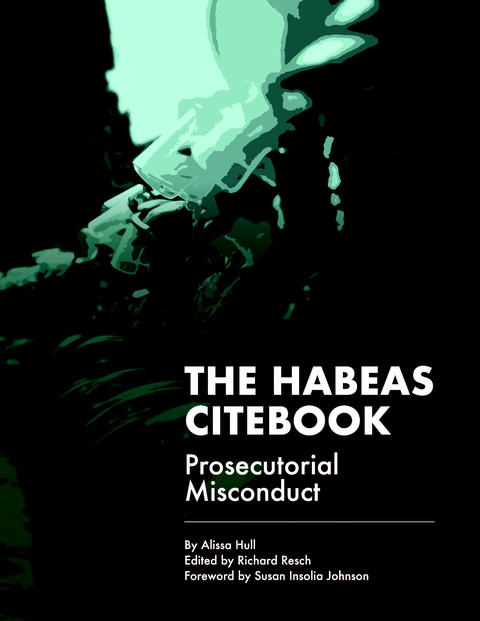Texas Court of Criminal Appeals: Failure to Include ‘Or Others’ in Jury Instruction for Self-Defense Against Multiple Assailants Deprived Defendant of Defense
The Texas Court of Criminal Appeals (“TCCA”) held on February 5, 2020, that the failure to include “or others with him [the primary assailant]” in the jury instruction for a self-defense against multiple assailants defense was a “calculated” omission that deprived a defendant of his defense, requiring reversal of the conviction.
Patrick Jordan was encouraged by an ex-girlfriend, Summer Varley, to stop by a local bar to buy her a drink since he was moving out of town. Jordan and his friend Coby Bryan already planned to eat at a restaurant next to the bar, so he agreed. When they arrived at the bar, the two were met by Varley’s large, angry friends, who had been drinking and advised Jordan not to speak to Varley. Jordan agreed and they went next door to eat.
Varley’s friends, Jordan Royal, Austin Crumpton, Damon Prichard, and Joshua Stevenson, followed Jordan and Bryan and became “aggressive” with them. Jordan and Bryan then changed their minds about eating there and tried to leave. However, Varley’s friends turned violent, with Royal knocking out Bryan. Jordan fell and the mob followed him, with Royal attacking him.
Jordan then stopped the attack by shooting his gun three times. One shot hit Royal in the leg, another hit Varley in the chest, and an errant shot struck a car. Jordan would later testify on his behalf at trial that he did so because he heard footsteps coming as Royal was on top of him.
Jordan was charged with aggravated assault with a deadly weapon for shooting Royal and with deadly conduct for knowingly shooting in the direction of Varley and Crumpton, hitting Varley. He took his case to a jury trial, where a self-defense against multiple assailants instruction was given for both charges. But the judge refused Jordan’s request that the instruction with respect to Royal’s conduct include the words “or others with him” for the deadly conduct against Varley and Crumpton. The jury, so instructed, hung on the aggravated assault charge regarding Royal but convicted on the deadly conduct charge. Jordan was sentenced to four years in prison, and the court of appeals affirmed.
An instruction may include other assailants in the instruction, even though only one assailant was the attacker, the TCCA explained. Instead, the defense only “requires that the defendant had a reasonable fear of serious bodily injury from a group of people acting together,” the Court further explained. The defense “may be raised even as to those who are not themselves aggressors as long as they seem to be in any way encouraging, aiding, or advising the aggressor.” Black v. State, 145 S.W. 944 (Tex. Crim. App. 1912).
The TCCA concluded that the jury instruction should have included the words “Royal or others” regarding the deadly conduct charge involving only Varley and Crumpton. “It does not matter whether Crumpton or Varley individually used deadly force against [Jordan]; it matters whether [Jordan] had a reasonable apprehension of actual or apparent danger from a group of assailants that included Crumpton and Varley. If there is evidence of more assailants than one, the charge must inform the jury that the accused can defend against either, and it is error to require the jury to believe or find that there is more than one assailant attacking the accused,” the Court explained.
“Since a need to shoot at Royal alone would never justify shooting at Varley and Crumpton, the instruction mandated a rejection of self-defense,” the Court said, because the instruction “focused exclusively on Royal’s actions.” Whereas, the evidence pointed to Jordan facing a “mob.”
“Correct instruction would have authorized an acquittal if Appellant reasonably believed that shooting in the direction of Varley and Crumpton had been immediately necessary to protect himself against “Royal or others,” the Court pointed out. “The difference between the instructions that were given and those that should have been given is the difference between foreclosing self-defense and allowing fair consideration of it. That difference clearly demonstrates that Appellant was harmed by the refusal to instruct on multiple assailants.” Thus, the TCCA concluded that Jordan was “entitled to a self-defense instruction that referenced ‘Royal or others.’”
As a digital subscriber to Criminal Legal News, you can access full text and downloads for this and other premium content.
Already a subscriber? Login
Related legal case
Jordan v. State
| Year | 2020 |
|---|---|
| Cite | 593 S.W.3d 340 (Tex. Crim. App. 2020) |
| Level | Court of Appeals |
| Appeals Court Edition | F.3d |





